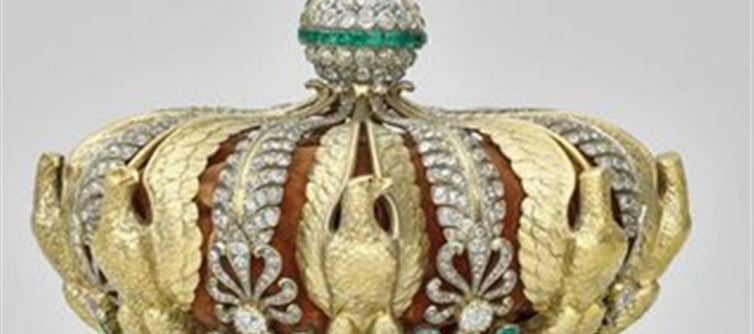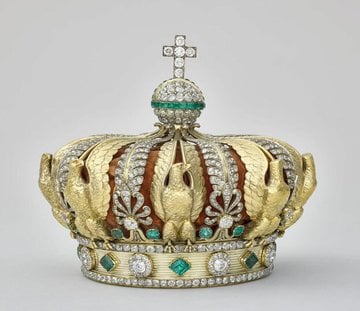
The Louvre Heist and the shadow Market of Stolen Heritage
What happens to eight royal jewels once they vanish from the Louvre? They don’t go on eBay. They enter what investigators call the ghost economy — a shadow world of secret buyers, forged documents, and high-end laundering for stolen culture.
Sunday’s theft — executed in four minutes with chainsaws and motorcycles — marks one of Europe’s boldest museum robberies in decades. While the jewels’ monetary value may be immense, their historical value is priceless. And that’s exactly what makes them so desirable to black-market collectors.
Interpol’s Stolen Works of Art database lists over 52,000 missing artifacts, yet only a fraction are ever recovered. Once pieces vanish into private hands, they often reappear years later as “family heirlooms” or hidden in offshore collections.
“This isn’t a bunch of adrenaline junkies,” said Dr. Renée Valmont, an art crime historian. “It’s organized business — theft tailored for billionaires who want what the world can’t legally give them.”
As france scrambles for answers, the Louvre heist underscores a dark truth: our cultural treasures are still treated like trophies in a global game of possession.

Inside the dark world of art crime: how the Louvre jewel heist connects to the billion-dollar black market for stolen heritage and cultural treasures.
Louvre jewel theft
stolen heritage market
black market art trade
cultural artifacts trafficking
stolen art investigation
Louvre crown gems
Interpol art crime
underground art collectors
priceless jewels stolen
Paris daylight robbery




 click and follow Indiaherald WhatsApp channel
click and follow Indiaherald WhatsApp channel